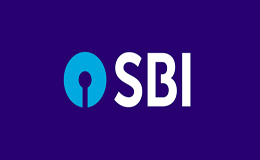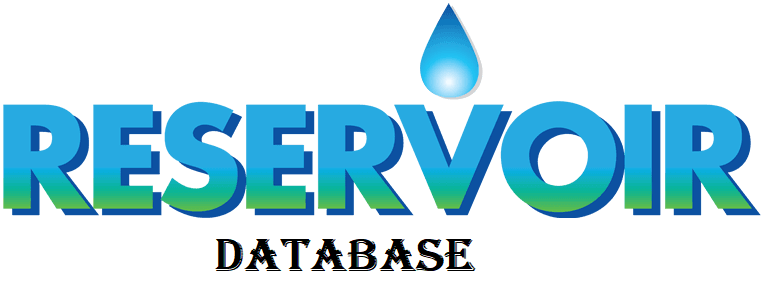Overview
Publications
Recruitment
Intranet
CIFRI Corners'
ICAR-Central Inland Fisheries Research Institute (CIFRI), Regional Centre, Bangalore conducted a sensitization program on “Fish seed stocking for species enhancement in reservoirs” at Manchanbele reservoir in Ramanagara district, Karnataka on 21 September 2024 under the guidance of Dr. B. K. Das, Director, ICAR-CIFRI.
 The program was conducted under the Scheduled Caste Sub Plan (SC-SP) and crates were distributed to twenty fishers including nine women beneficiaries. Around 40000 fingerlings consisting of IMC and endemic carps such as carnatic carp and fringe-lipped carps were stocked in Manchanbele reservoir. The program was attended by 50 fishers of Ramanagara district.
The program was conducted under the Scheduled Caste Sub Plan (SC-SP) and crates were distributed to twenty fishers including nine women beneficiaries. Around 40000 fingerlings consisting of IMC and endemic carps such as carnatic carp and fringe-lipped carps were stocked in Manchanbele reservoir. The program was attended by 50 fishers of Ramanagara district.
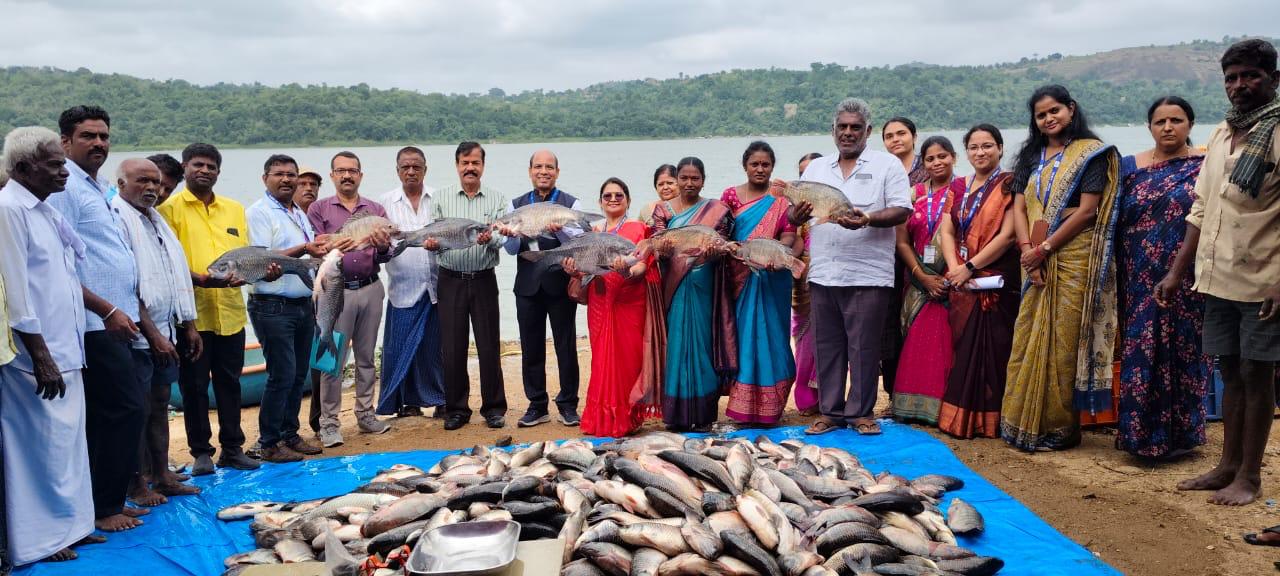
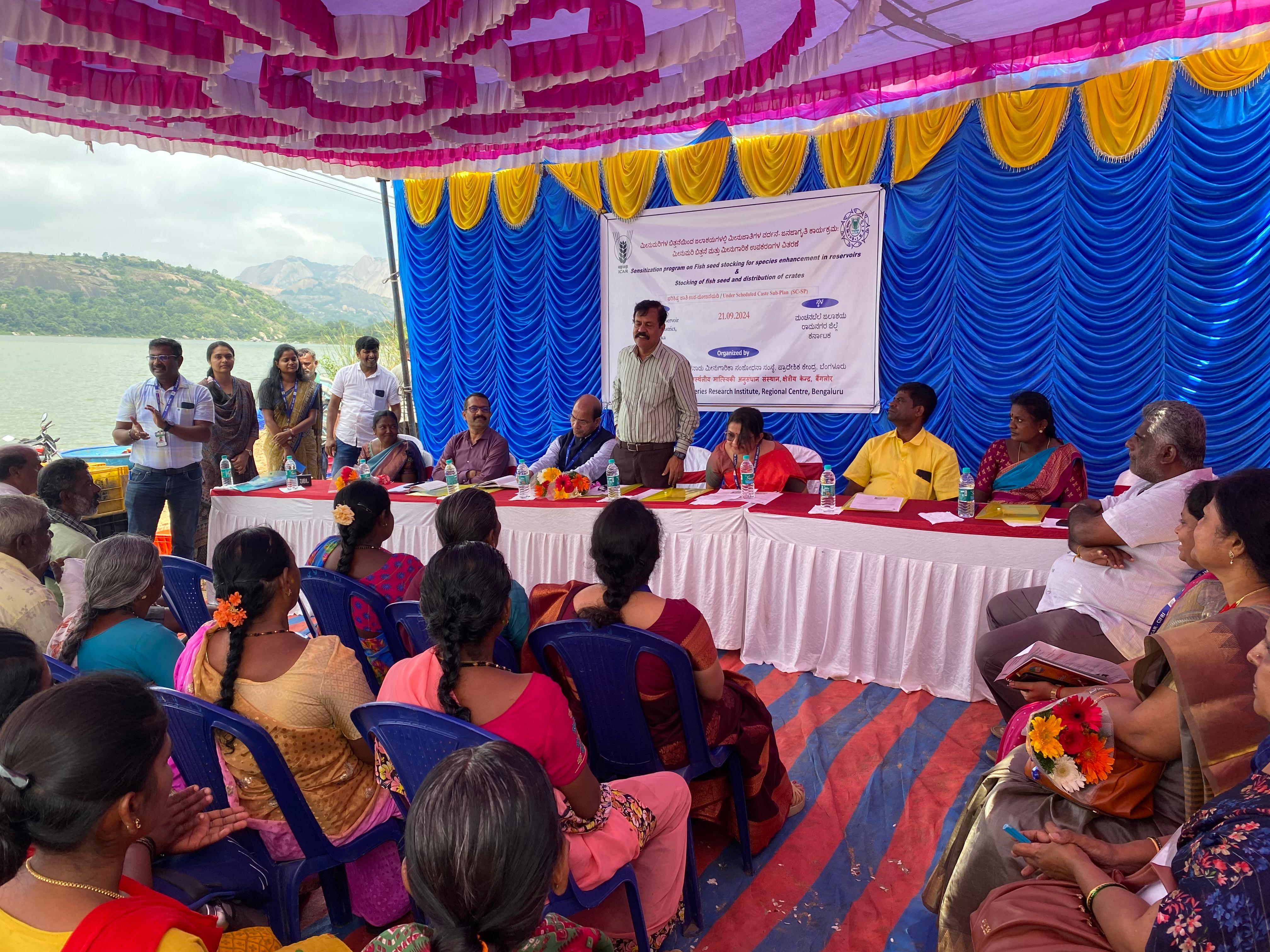
Dr. Preetha Panikkar, Head, Regional Centre welcomed the gathering. Dr. B. K. Das delivered the presidential address and emphasized on the role of reservoir fisheries in sustaining the livelihood of fishers. The chief guest of the occasion, Mr. Prakash Chandra Das, General Manager, NABARD, Bangalore explained about the schemes of apex bank that will be beneficial to the fishers. Mr. Shantipriya H. D., Deputy Director of Fisheries, Ramanagara District, Karnataka spoke on the existing practices for fisheries enhancement in the state.
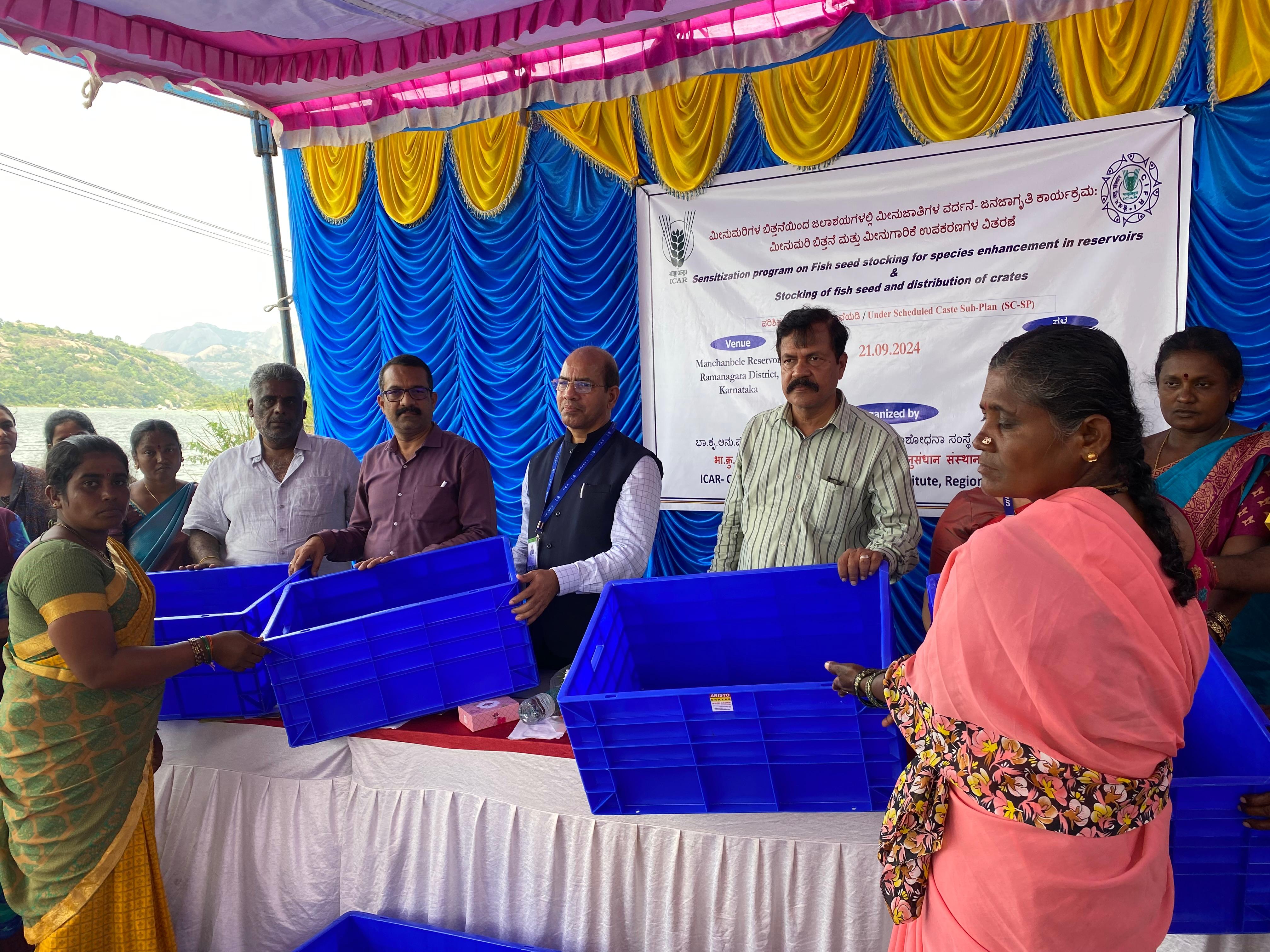

All the fishermen actively interacted during the session. Ms. Jesna P. K., Scientist presented the formal vote of thanks. The program was coordinated by Dr. Preetha Panikkar, Dr. V. L. Ramya and Ms. Jesna P. K. and co-cordinated by Dr. Sibina Mol S., Dr. Sonalika Sahoo and Dr. Vijaykumar M. E.


